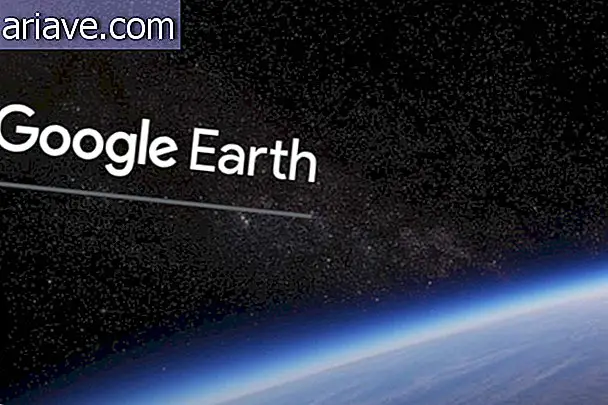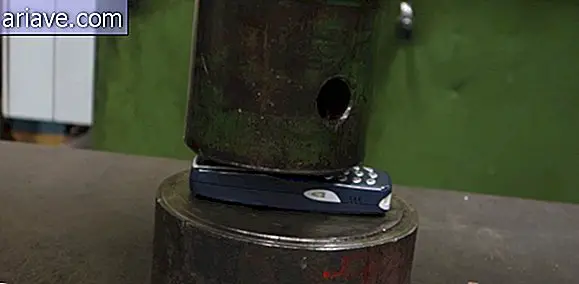Huge galaxy is discovered orbiting around the Milky Way
Did you know that there are galaxies orbiting the Milky Way? As far as we knew, there were 49 such star systems revolving around ours. However, according to Fiona MacDonald of Science Alert recently, astronomers at the University of Cambridge in the UK have announced the discovery of one more of these formations, increasing the count of galaxies around us.
Named after Crater 2, it is a dwarf galaxy about 400, 000 light years away. But don't let the dwarf classification fool you! Astronomers explained that the newly discovered system is about 7, 000 light years across, making it the fourth largest galaxy orbiting the Milky Way. And how did you only discover Crater 2 now?
“Discrete” galaxy
According to Fiona, don't think Crater 2 found our neighborhood interesting and decided to move here overnight. In fact, the galaxy has always been a Milky Way satellite, but because its stars are incredibly diffuse, the brightness of neighboring systems has obscured yours, preventing it from being seen.
Incidentally, according to scientists, Crater 2 is one of the least bright galaxies ever detected in the cosmos, meaning that it is virtually invisible. Otherwise, if this system were not so 'discreet', it would be easily visible in the night sky and, though scattered, would appear twice as large as the full moon. See the following illustration for an idea:

Do we have more satellites?
The galaxy was discovered in January after astronomers used an algorithm to analyze images captured by the VLT - Very Large Telescope - located in Chile. The team's goal was to find regions in space where unusual star clusters could exist, and among them was Crater 2.
Scientists believe this system is possibly part of a small group of galaxies that are "falling" toward the Milky Way. In addition, they also said that over the past decade, the number of satellite galaxies orbiting around ours has doubled - indicating that not only can there be more of these star formations surrounding us, but we still have many things to discover. respect for our own neighborhood.
***
Did you know that the Milky Way has satellite galaxies? Comment on the Mega Curious Forum











